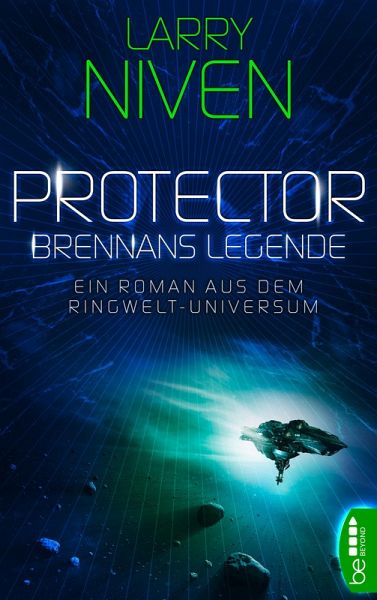

Protectors are fully sentient, and are far more intelligent than ordinary hominids. Without the virus, a Protector will weaken and die as his DNA is degraded the virus supplies replacement DNA. Once the protector transformation is complete, a protector must periodically consume more Tree-of-Life root to maintain the virus in its body. There are many physiological changes that one undergoes during the transition to protector. If a Protector has no children left, he no longer feels the urge to eat and dies unless he can adopt the entire Pak race and work towards their benefit. A Protector has no motivation other than the preservation of his bloodline, and to that end the Pak homeworld is never free from war, since all Protectors are constantly trying to ensure their progeny's survival at the expense of everyone else. The most important change is that the brain expands, giving a Protector a tremendous intellect. A second heart develops near the groin, the mouth fuses into a beak, and all sexual characteristics disappear. A Protector's joints expand to give his muscles a greater momentum, his skin wrinkles into a tough armor, and his nails turn into retractile claws. Around 40 years of age, the root of the Tree-of-Life plant begins to smell delicious to all Breeders, and when they eat it, a virus inherent in the plant causes them to metamorphose into the Protector stage. Pak Breeders are not particularly intelligent, but are stronger and heartier than humans. A Pak is born, and matures into a Breeder, at which point he and she may bear children.

The species has three main stages of development: Child, Breeder, Protector.

Protectors originated with a species called Pak, which lives on a planet near the Milky Way core. A Protector is described as a 'fighting machine,' with armor-like skin, super-human strength and super-human intelligence. The Protector form is achieved when a breeder stage hominid consumes the virus present in Tree-of-Life. Protectors represent the final stage of maturation for the Pak and other hominids which follow the same maturing process.


 0 kommentar(er)
0 kommentar(er)
